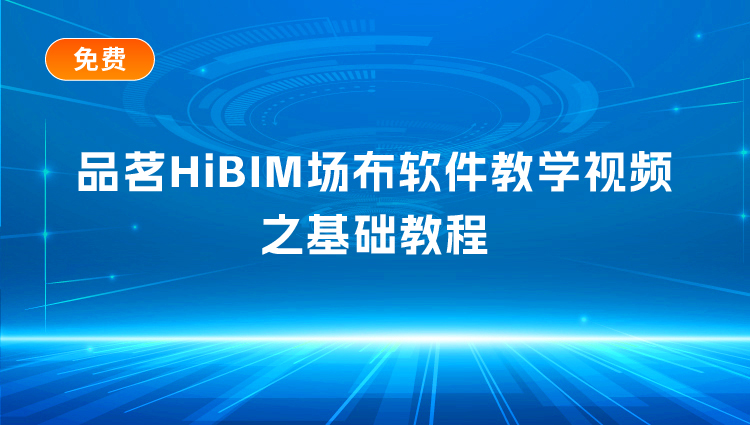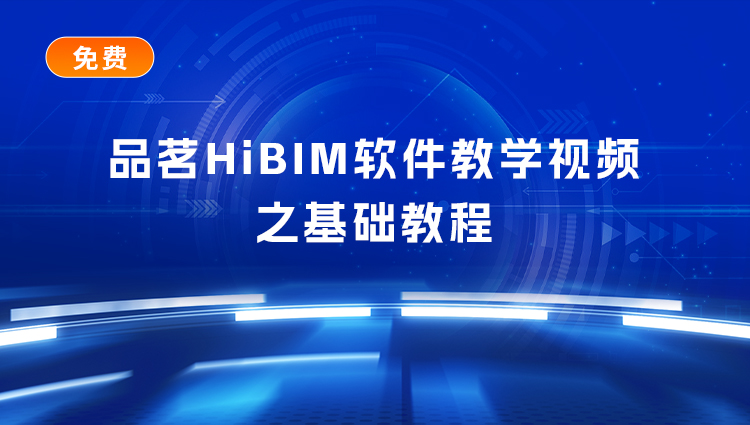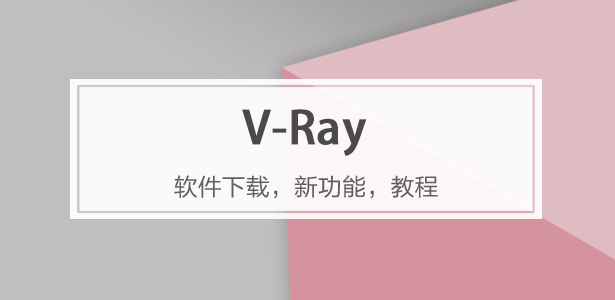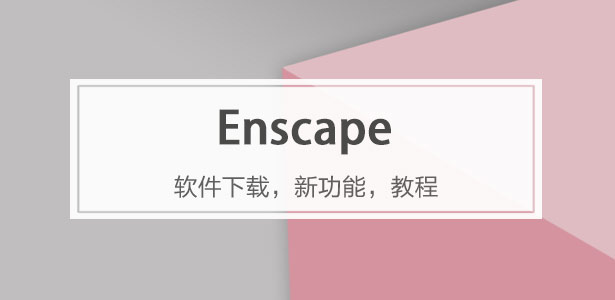
下載app免費領取會員





建筑設計? 時境建筑
施工圖設計? 北京炎黃聯(lián)合國際工程設計有限公司
項目地點? 福建南平
建成時間? 2024年
建筑面積? 6800平方米
本文文字由時境建筑提供。
緣起:
動態(tài)的知識樞紐
圣農(nóng)集團是中國白羽肉雞行業(yè)的領軍企業(yè),擁有全國最大的肉雞養(yǎng)殖與加工產(chǎn)業(yè)鏈。此次作為業(yè)主,圣農(nóng)希望建造一座行業(yè)博物館,不僅希望能夠展示集團四十年來在農(nóng)業(yè)科技、生態(tài)養(yǎng)殖、食品安全等領域的突破性成就,還要為行業(yè)專家、科研機構、政府代表提供一個技術交流與產(chǎn)業(yè)研討的高端平臺。這座建筑不僅是一個靜態(tài)的展覽館,更是一個動態(tài)的知識樞紐,承載著推動中國現(xiàn)代農(nóng)業(yè)發(fā)展的使命。
Sunner Group is China's leading white-feathered broiler enterprise, boasting the nation's largest poultry farming and processing industrial chain. The client envisioned an industry museum that would not only showcase Sunner Group's groundbreaking achievements in agricultural technology, ecological farming, and food safety over the past four decades but also serve as a high-end platform for industry experts, research institutions, and government representatives to exchange knowledge and discuss industrial development. This building is more than a static exhibition hall—it is a dynamic knowledge hub, carrying the mission of advancing modern Chinese agriculture.
▲ 項目視頻? ?時境建筑
基地環(huán)境:
武夷山腹地的生態(tài)桃源
項目選址于廠區(qū)所在的所在地——福建省南平市光澤縣,這里是武夷山脈的延伸地帶,森林覆蓋率極高,生態(tài)環(huán)境得天獨厚。業(yè)主在此深耕四十余年,建立了完整的生態(tài)循環(huán)養(yǎng)殖體系,實現(xiàn)了零污染排放,與周邊自然環(huán)境和諧共生。
The project is located in Guangze County, Nanping City, Fujian Province—an extension of the Wuyi Mountains, renowned for its dense forest coverage and pristine ecological environment. Sunner Group has operated here for over forty years, establishing a complete eco-cycle farming system that achieves zero pollution discharge, harmoniously coexisting with the surrounding nature.


基地東北側緊鄰水質清澈的富屯溪,東南側與一條縣級公路相臨,西北側是員工生活區(qū),南側則預留了未來的發(fā)展用地。由于光澤縣地處山區(qū),距離最近的高鐵站和機場均需1.5小時車程,因此整個場地宛如一處隱世的生態(tài)桃源。
The site is embraced by two crystal-clear streams, with the Futun River to the northeast, a county road to the southeast, employee housing to the northwest, and reserved development land to the south. Due to Guangze County's mountainous terrain, the nearest high-speed rail station and airport are both 1.5 hours away, making the site feel like a hidden ecological paradise.


站在基地內,可以清晰地看到武夷山的層巒疊嶂,富屯溪的碧波蕩漾,以及遠處郁郁蔥蔥的森林。這種獨特的自然環(huán)境,成為建筑設計的核心靈感來源。
From the site, one can clearly see the undulating peaks of the Wuyi Mountains, the shimmering waters of the Futun River, and the lush forests in the distance. This unique natural setting became the core inspiration for the architectural design.



設計概念:
從大地生長而出的建筑
建筑師的核心策略是讓建筑成為地景的延伸,讓新建建筑既是功能的載體,也能成為景觀的一部分被城市享用——而非簡單的現(xiàn)代人工構筑物。設計采用“再造山景”的概念,通過三片微微翹起的曲面大地延伸而來的屋面,再現(xiàn)了武夷山脈的起伏形態(tài),使建筑與周圍的山勢、水系自然融合。
The architect's core strategy was to make the building an extension of the landscape—a functional structure that also serves as part of the scenery for the city to enjoy. Adopting a "reconstructed mountainscape" concept, the design features three gently curving roofs that mimic the rolling forms of the Wuyi Mountains, seamlessly blending the architecture with the surrounding terrain and waterways.





屋面與大地的連續(xù)性
建筑屋面并非水平,而是像自然地貌一樣輕輕起伏,呈一大兩小的形態(tài)向上翹起,屋面也就形成三片懸浮的景觀庭院。這些屋面并非獨立的結構,而是從地面自然滑升而成,仿佛大地被輕輕掀起,形成了下方的建筑空間,分別是主要的展覽空間、序廳與餐廳。
The roof is not flat but rather undulates like natural topography, rising into three suspended landscape courtyards—one large and two smaller. These roofs are not independent structures but appear to emerge naturally from the ground, as if the earth itself had been gently lifted to reveal the architectural spaces beneath: the main exhibition hall, the lobby, and the restaurant.





屋面之間的交接處采用咬合式形態(tài),使內部既有大空間的相互獨立分區(qū),又保持內部的交通的連貫性,而屋面的三個景觀也完全可以走通。從外部看,整個建筑就像三片被風拂動的葉片,柔和的曲線與武夷山的輪廓遙相呼應。
The junctions between the roofs are designed with interlocking forms, ensuring spatial independence while maintaining internal circulation. All three landscaped roofs are fully accessible. From the exterior, the building resembles three wind-swept leaves, their soft curves echoing the contours of the Wuyi Mountains.





屋面最大坡度為45度,綠色植被可以生長的同時,行人也可以輕松站上屋面,此時便可以將武夷山、富屯溪、廠區(qū)盡收眼底。
The maximum roof slope is 45 degrees, allowing vegetation to thrive while remaining walkable, offering panoramic views of the Wuyi Mountains, the Futun River, and the industrial park.



立面設計:受擋土墻啟發(fā)的折面混凝土語言
建筑師采用了擋土墻常見的折疊鋼板的形態(tài)作為建筑立面的靈感來源,采用一系列折疊的混凝土折板,設計為立面元素的肌理和空間構成要素——這些折面圍繞了整個建筑的輪廓,既是嶄新的立面語言,又是新形態(tài)的空間構成載體:
The architect drew inspiration from the folded steel plates commonly used in retaining walls, translating this into a series of folded concrete panels that define the building's facade. These folded surfaces wrap around the entire structure, serving as both a novel architectural language and a spatial organizing element.





在低矮區(qū)域,折面貼近地面,具有擋土墻的穩(wěn)固感;在建筑入口和公共空間,高聳的折面逐漸內收,結合高聳的玻璃幕墻,形成室內空間,構成了入口、餐廳等空間;在建筑立面上,這些折面被輕輕分開,形成縫隙可以引入光線和外面的景觀;大的折面上還擁有更細一級的斜紋折面肌理,在這里,雨水可以順著肌理流下,同時也內藏了建筑所需要的各種通風百葉。
At lower levels, the folds hug the ground, evoking the solidity of retaining walls; At entrances and public spaces, the towering folds gradually taper inward, combining with expansive glass curtain walls to form interior spaces such as the lobby and restaurant; Along the facades, these folded surfaces are subtly separated, creating slits that allow light and views to penetrate; Larger folds feature finer secondary textures that guide rainwater runoff while discreetly concealing ventilation louvers.




空間組織:
無柱展覽與生態(tài)節(jié)能
筒倉結構轉化成展覽空間
主展廳采用四個巨型筒倉狀剪力墻作為主要支撐結構,它們由高強度混凝土現(xiàn)場澆筑而成,直徑達25米,筒體內部容納了展廳、樓梯、電梯。筒倉之間形成了具有天光的高達25米的垂直中庭,作為展覽路線的最后下行通道。
The main exhibition hall is supported by four massive cylindrical shear walls constructed from high-strength cast-in-place concrete, each 25 meters in diameter. These silo-like structures house exhibition areas, staircases, and elevators, while the spaces between them form a 30-meter-high central atrium with skylights, serving as the final descent in the exhibition route.






這種設計使展廳完全無柱,提供了連續(xù)、開闊的展覽流線,并且高大的中庭空間適合未來展出大型裝置、模型,同時也提供了一個具有精神屬性的室內聚集空間。中庭頂部開設北向的帶有百葉的天窗,讓劇烈的日照可以以柔和可控的方式進入展區(qū)中庭,為漫長的展覽路徑提供舒緩的氛圍。
This design creates completely column-free exhibition spaces, providing uninterrupted circulation and accommodating large-scale installations or models. The towering atrium also offers a spiritually uplifting gathering space. North-facing skylights with louvers allow controlled daylight to filter into the atrium, softening the atmosphere along the lengthy exhibition path.







氣候適應性設計
福建屬于亞熱帶季風氣候,濕熱多雨、太陽高度角大,本建筑采取多項被動式節(jié)能策略。
Fujian's subtropical monsoon climate brings high humidity, heavy rainfall, and intense solar exposure. The building employs multiple passive energy-saving strategies:
建筑采用了傾斜屋面,它坡度經(jīng)過計算,既能快速排水,雨季植被構造也能充分吸收雨水;建筑的屋面花園擁有60厘米以上的屋面覆土,形成了優(yōu)良的熱容效應,阻擋熱量進入室內;建筑的采光更加精準,設計之初就有意通過功能布置控制博物館展廳的封閉空間需求與公共功能空間對光線的需要之間的合理化關系——主要展廳采用封閉式的人工照明、并處于項目的南部,東西南立面均為大面積實墻;在北向方位設置公共空間,如入口和餐廳,并設置大面積玻璃幕墻;中庭的天窗也是北向天窗,避免直射陽光帶來的溫控能耗。
Sloped Roofs - Calculated gradients ensure rapid drainage while supporting rainwater-absorbing vegetation; Roof Gardens - Over 60 cm of soil provides thermal mass, insulating against heat transfer; Precision Lighting -? Functional zoning balances the museum's need for controlled lighting—main galleries use artificial illumination and are enclosed within solid walls on the south, east, and west facades. Public areas like the lobby and restaurant face north with extensive glazing, while the atrium's north-facing skylights avoid direct solar heat gain.









隱藏式設備層
所有暖通、排煙設備均隱藏在三個屋頂?shù)娜切渭夹g層內,上部是覆土種植的屋面,從遠處看,建筑就像一座綠意盎然的小山,擺脫了上人屋面公共活動空間需要與設備共存的處境。
All HVAC and exhaust systems are hidden within triangular technical floor beneath the vegetated roofs. From a distance, the building appears as a verdant hill, eliminating the typical conflict between rooftop public spaces and mechanical equipment.





結語:
一座獻給土地與未來的建筑
建筑落成后,迅速成為整個武夷山片區(qū)的工業(yè)旅游之起點。白天,它是行業(yè)博物館,展示中國現(xiàn)代農(nóng)業(yè)的輝煌成就;夜晚,屋面景觀平臺向市民免費開放,成為納涼、觀星、聚會的公共空間。許多當?shù)睾⒆酉矚g在曲面屋頂上奔跑,遠眺武夷山的日落;老人們則坐在折面陰影下聊天,享受富屯溪的微風。這座建筑不僅屬于圣農(nóng)集團,更成為城市生活的一部分,詮釋了“建筑與環(huán)境共生”的理念。
Upon completion, the museum quickly became a landmark for industrial tourism in the Wuyi Mountain region. By day, it functions as an industry museum showcasing modern agricultural achievements; by night, its rooftop terraces open to the public for stargazing, evening gatherings, and cooling off. Local children run across the curved roofs at sunset, while elders chat in the shade of the folded facades, enjoying breezes from the Futun River. More than a corporate asset, the building has become woven into urban life, embodying the philosophy of "architecture coexisting with nature."
圣農(nóng)博物館以其嶄新而又自信的姿態(tài),重新定義了工業(yè)展覽建筑與自然的關系。它不僅是企業(yè)技術的展示窗口,更是中國現(xiàn)代農(nóng)業(yè)可持續(xù)發(fā)展理念的具象化表達。在這里,建筑不再是征服自然的象征,而是與山川、河流、社區(qū)共同呼吸的生命體。未來,這座建筑將繼續(xù)講述圣農(nóng)集團的故事,同時也將成為武夷山生態(tài)文化中不可或缺的一頁。
Sunner Museum redefines the relationship between industrial exhibition architecture and nature through its innovative form. It is not merely a showcase of corporate technology but a physical manifestation of sustainable development in modern Chinese agriculture. Here, architecture is no longer a symbol of conquering nature but a living entity that breathes alongside mountains, rivers, and communities. In the years ahead, this building will continue to narrate Sunner Group's story while etching itself into the ecological and cultural legacy of the Wuyi Mountains.

模型照片 ▽






設計圖紙 ▽












完整項目信息
項目名稱:圣農(nóng)博物館
項目甲方:福建圣農(nóng)控股有限公司
施工單位:北京市第三建筑工程有限公司
項目地點:福建省南平市光澤縣圣農(nóng)集團廠區(qū)內
建成時間:2024
設計時間:2022—2023
建筑面積:6800平方米
用地面積:11000平方米
造價:1.4億元
建筑設計:時境建筑(主創(chuàng)、責任建筑師:卜驍駿、張繼元)
施工圖設計:北京炎黃聯(lián)合國際工程設計有限公司(項目負責人:簡海誠)
結構設計:北京市建筑設計研究院有限公司(項目負責人:段世昌)
室內設計:時境建筑
景觀設計:源點設計有限公司
幕墻設計:朱萍
燈光設計:北京遠瞻照明設計有限公司
展陳設計:時境建筑,江蘇科學夢創(chuàng)展科技有限公司
VI設計:江蘇科學夢創(chuàng)展科技有限公司
攝影:亮點影像、青橙影像、時境建筑
版權聲明:本文由時境建筑授權發(fā)布。歡迎轉發(fā),禁止以有方編輯版本轉載。
投稿郵箱:media@archiposition.com
本文版權歸腿腿教學網(wǎng)及原創(chuàng)作者所有,未經(jīng)授權,謝絕轉載。

上一篇:政策新聞 | 牢記囑托 奮進揚帆丨為便捷生活“加碼”!重慶中心城區(qū)累計建成人行立體過街設施926座






推薦專題
- BIM建筑|麥積山游客服務中心 / 朱小地工作室+北京建院
- BIM建筑|時境建筑新作:圣農(nóng)博物館,再造山景
- BIM建筑|如恩新作:法國馬賽Gros Bao餐廳
- BIM建筑|SOPA+北京建院新作:中關村東升科技園三期(東畔科創(chuàng)中心)
- 建筑賞析|在校園的街道邂逅,衢州第六實驗學校
- BIM建筑|青山周平B.L.U.E.在建方案:廣州阿那亞理想國酒店
- BIM建筑|用“減法”做改造,法國皮埃爾與科萊特·蘇拉熱小學 / NAS Architecture + GTA
- 建筑賞析|480㎡黑白之境,極簡之美自然流淌
- BIM建筑|goa大象設計新作:杭州湘湖自由莊園,在30米高差間順勢生長
- BIM建筑|MASONPRINCE深業(yè)上城 / TOMO東木筑造+TO ACC



































